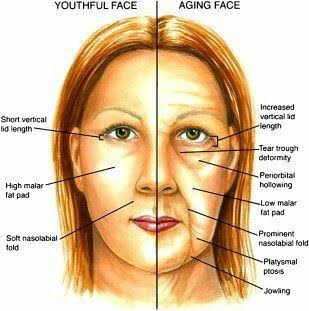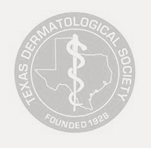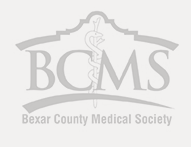
With volume loss, overlying structures lose support, and facial features begin their descent.
Notable examples of facial structural changes:
- Cheeks assume a lower position creating deeper nasal labial folds and undereye hollows
- When temples become concave, brows droop, the forehead becomes longer, and eyes and lids begin to sag
- The nasal bridge and tip widens and drops, adding depth to nasal labial folds
- Bone loss in the chin contribute to “jowling” and marionette lines
- Loss of volume in lips creates “smoker’s lines” and elongates the space between the nose and lips, etc.

Volume loss also contributes to wrinkling. In youth, faces are plump, voluminous, and wrinkle-free, much like a juicy grape. As we age, our faces become deflated, and our faces become more like raisins. Many feel that a facelift is the simplest remedy or gold standard in restoring a youthful face. A facelift alone cannot restore an aging face into a youthful, voluminous one. Volume replacement is necessary to reverse the raisin into a grape; otherwise, the result may be the raisin has become more of a pea.

(not our patient)
Further, erasing lines and wrinkles alone does not restore a youthful face. Erasing lines and wrinkles certainly improves skin quality and contributes to a more youthful appearance; however, volume replace remains necessary for true restoration of youthful features.
What can be done to tighten skin and smooth wrinkles on the face, neck and body?










